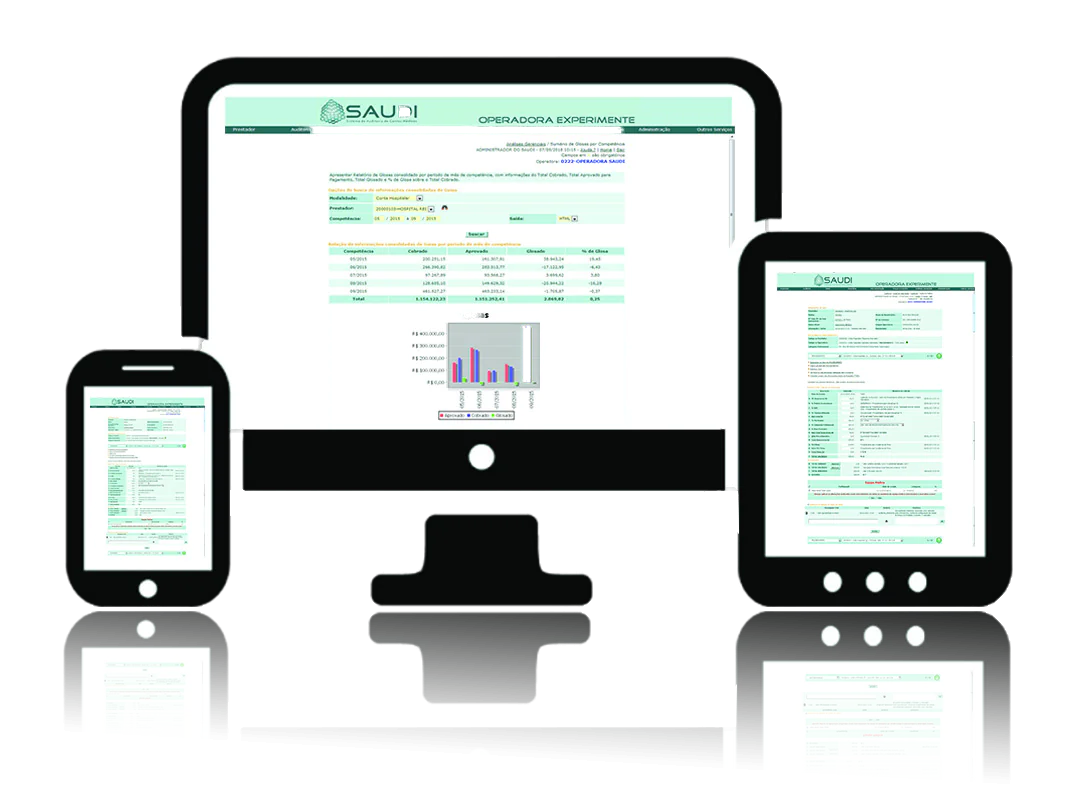Technological advances have been happening gradually and transforming all sectors of the current market. The medical field was one of the segments that advanced exponentially. Today, there are countless treatment possibilities and several resources available in favor of life. A telemedicine, for example, is yet another innovation.
Telemedicine offers some new features for the medical field. By exchanging clinical information using technological resources, medical teams will be able to take advantage of the tool, streamlining their activities.
So, do you want to know more about telemedicine, understand how it works and why operators should adopt this innovation in their services? Check out this post which provides valuable information. Good reading!
Understand, in fact, what telemedicine is
Telemedicine is becoming a reality in hospitals and offices around the world, since its emergence in Israel in the 1950s. It is currently widely used in Canada, the United States, Europe and here in Brazil. This is a clinical aspect that uses existing technological resources, enabling diagnoses and treatment in difficult-to-access places.
The objective of telemedicine is to improve many factors, such as distance and time, since care between professionals and patients can occur in real time wherever possible. This way, medical services become faster, benefiting both healthcare professionals and patients.
In addition to this real-time service, it offers services such as videoconferencing, discussion of complex clinical cases with experts on the subject, training of professionals through distance learning courses, patient care, among other possibilities.
Find out why operators should invest in this reality
As it is a current technological advancement, with the aim of offering quality services and improving healthcare in an online and well-structured way, it is still interesting to learn about its services.
However, when opting for a choice, it is always recommended to find out the positive and negative points. Like any innovation, it can present weaknesses that need to be questioned and understood as support and not as the solution to all health challenges.
Contrary to what many people think, telemedicine is not a substitute for conventional medicine and does not replace what already exists. In fact, its objective is to enable faster treatments with technological resources, in other words, it is another advance in caring for people by taking advantage of resources available in certain spaces.
See how it works
There are 2 fields of action for telemedicine: telereports and teleassistance. Each seeks to offer specialized services, enabling greater agility in treatments.
Telereports
Issuing reports in the country is the main area of telemedicine. Telereports are projected onto software health services that promote the receipt of exams, for example, imaging exams — electrocardiograms, teleradiology, electroencephalograms, among others, so that specialists can quickly analyze them. Remembering that conventional analysis does not cease to exist.
Teleassistance
Remote procedure that enables clinic services for the digital environment, such as health guidance, patient monitoring, screening and consultation between doctors to form a new conception of diagnoses. All communication takes place within online platforms, being carried out via videoconference, audio or chat, whether via cell phone or computer.
Check out the advantages of telemedicine for plan operators
Technological trends are important for improving processes, both for professionals and patients. Check out the main advantages:
- shared clinical diagnosis;
- reduction hospital costs;
- increased clinical demand;
- data storage security;
- availability of specialists;
- time optimization.
As you can see throughout the text, telemedicine brings benefits to medicine. However, it is not the solution to all problems, it has weaknesses and deserves care. These are tools that can improve the quality of services offered by health plan operators, in other words, they are support.
So, did this content help clarify your doubts and help you implement telemedicine in your operator? Do you want to stay informed? Take advantage and also read our article about trends for plan operators.









